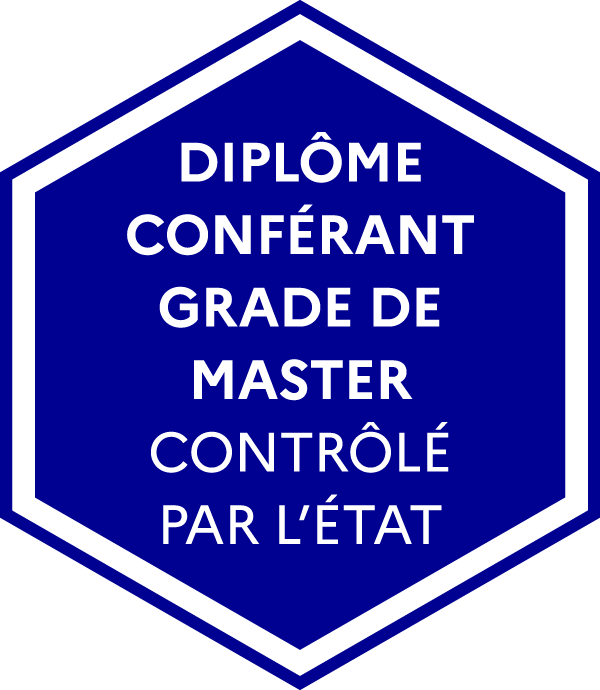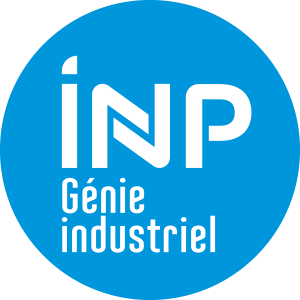Number of hours
- Lectures 7.5
- Projects -
- Tutorials 7.5
- Internship -
- Laboratory works -
- Written tests 1.0
ECTS
ECTS 1.5
Goal(s)
This course explores the relationship between strategy and organization at two levels: the level of the firm and (mostly) the level of the extended value chain.
The key issue may be described in one sentence: "View an industrial organisation, at the level of the firm ant at the level of an extended value chain as "contingent to a strategy".
A strategy here means competitive advantage based on a value proposition.
Content(s)
Competition, dominant design, Competitive advantage, Strategy 'Best' vs. 'Unique'
Five forces : analysis
Extended Value Chain
From Value proposition to Competitive advantage, measure and analyses ROI, costs, captured value, Pricing
Designing a customed value chain for a given competitive advantage
Create, produce, and capture value along a value chain
Fitness
Trade-offs
Continuity
4.0 extended value chains and platforms
B2B and B2C markets: personalization, servitization, bundling, pricing
Basic economics for Industrial Engineering and Management
Exam
The course exists in the following branches:
- Curriculum - Engineer student Master SCM - Semester 7
- Curriculum - Engineer student Master PD - Semester 7
Course ID : 4GMC15C1
Course language(s): 
You can find this course among all other courses.
Joan Magretta, Understanding Michael Porter, the essential Guide to Competition and Strategy, 2012. (+ traduction française)
Porter Michael, « The five Competitive Forces That Shape Strategy », Harvard Business Review, 2008.
Robert Gibbons, John Roberts, The Handbook of Organizational Economics, Princeton University Press, 2013
Chapter 20. John Roberts and Garth Soloner, “Strategy and Organization”
Chapter 21. Timoty Bresnahan, Jonathan Levin, “Vertical Integration and Market Structure”
Chapter 24 Francine Lafontaine, Margaret E. Slade, “Interfirms contracts”
Chapters 23. 25. 26. 4.
John Roberts, The Modern Firm, Organizational Design for Performance and Growth, Oxford UP, 2004. (+ traduction française)
David Teece, Dynamic Capabilities & Strategic Management, Oxford UP, 2009.
David Evans, Richard Schmalensee, Matchmakers, The New Economy of Multisided Platforms, Harvard, 2016
Tirole, Economie du bien commun, PUF, 2016. (+ traduction anglaise)
Alvin Roth, Who Gets What ? and Why: The New Economics of Matchmaking and Market Design, Mariner Books, 2016.
French State controlled diploma conferring a Master's degree

Common Core presentation
Programme courses S5
Programme courses S6
Supply Chain Management
Programme presentation
Programme courses S7
Programme courses S8
Programme courses S9
Programme courses S10
Product Design
Programme presentation
Programme courses S7
Programme courses S8
Programme courses S9
Programme courses S10
Contacts
Academic staff
- Head of studies:
Pierre Lemaire - Head of 1st Year Program:
Abdourahim Sylla - Head of Supply Chain Management Program:
Irène Gannaz - Head of Product design Program:
Yann Ledoux
Registrar's office
- Head of Registrar's office:
genie-industriel.scolarite@grenoble-inp.fr - Secretary's office 1st Year:
Valérie Demicheli - Secretary's office 2nd Year:
Sylvie Malandrino - Secretary's office 3rd Year:
Vincente Odier - International relations department:
Nadia Dehemchi



